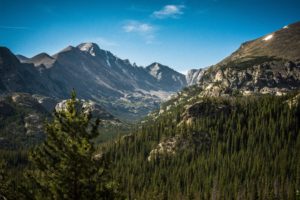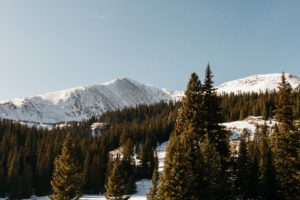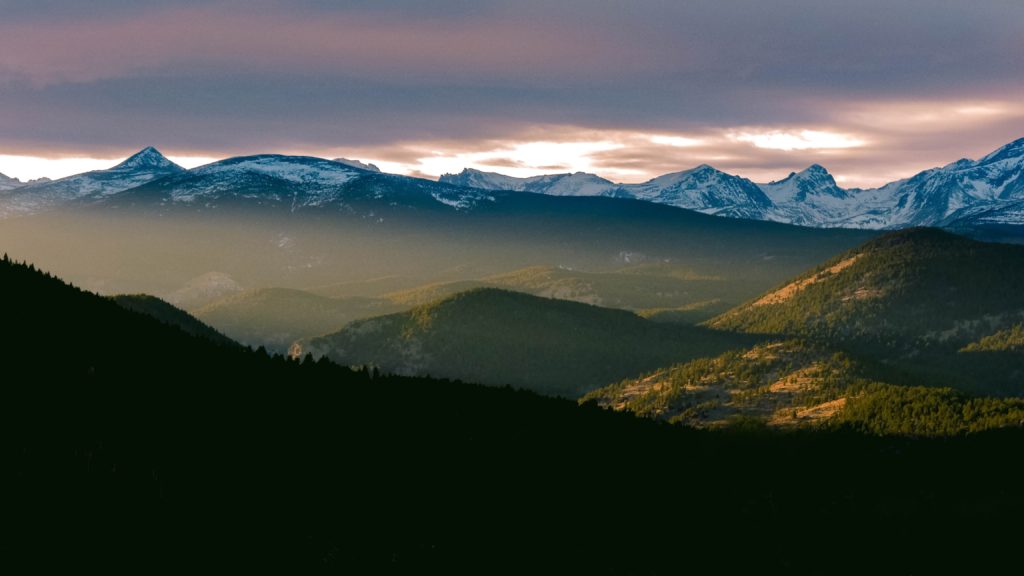Water is the esse nce of life. Without it, we simply cannot survive. Yet, very few Americans think beyond the faucet. We turn it on, and clean, drinkable water comes out. So what do healthy forests have to do with it? Everything. The quality of the water in our rivers and reservoirs is directly linked with the health of our forests.
nce of life. Without it, we simply cannot survive. Yet, very few Americans think beyond the faucet. We turn it on, and clean, drinkable water comes out. So what do healthy forests have to do with it? Everything. The quality of the water in our rivers and reservoirs is directly linked with the health of our forests.
Healthy forests protect and sustain surface and groundwater supplies. Forests with intact vegetation and soil resources bring stability to the entire watershed. They sustain stream flows and recharge aquifers by absorbing rainfall and snow melt. They slow storm runoff and filter pollutants before they enter vulnerable waterways. To protect our water, we must look to the land and the forests that serve as its source. According to Ellen Wohl, a river researcher and professor at Colorado State University, any spot on a particular river is connected to what’s underneath the ground, on the adjacent hill slopes, and upstream and downstream. In 2006, the Chesapeake Bay Executive Council declared forests to be “the most beneficial land use for protecting water quality, due to their ability to capture, filter, and retain water”.

Healthy watersheds naturally perform work communities would otherwise have to pay for and do themselves. “Appropriate land-use practices that protect source water may be more cost effective for society than removing pollutants after the fact. However, decisions about land uses and their effects on water are often made piecemeal, and potential savings are often not realized” wrote Doug Ryan, watershed research specialist, in 2002. Fortunately, recent and renewed focus on this issue is gaining momentum. Policymakers across the United States are beginning to take the role forests play in supplying clean water to large segments of the population seriously.
Under the From Forests to Faucets Partnership, the U.S. Forest Service – Rocky Mountain Region has been working with Denver Water since 2010 to implement forest and watershed health projects. “The link between healthy forests and clean water is nowhere more evident than in Colorado, where we provide water for 19 states,” said Mike Lester, state forester and director of the Colorado State Forest Service. “That is why this partnership is so critical to providing both resilient forests and sustainable water supplies for residents of Metro Denver and the Front Range.”

Here in Northern Colorado, Peaks to People Water Fund is focused on restoring the health of our forests to protect the Cache la Poudre and Big Thompson Watersheds. Our forest restoration projects not only protect water from sedimentation and debris, but also improve forest health and habitat, decrease firefighting costs, and reduce home loss and infrastructure damage.
Restoring the health of our forests today will protect the clean water we need for our future.
